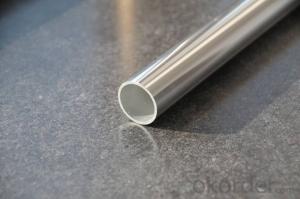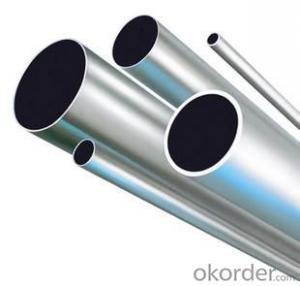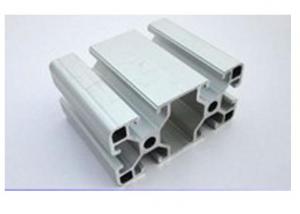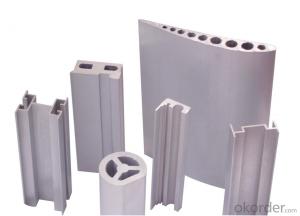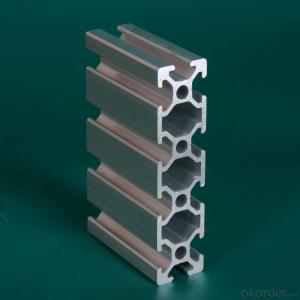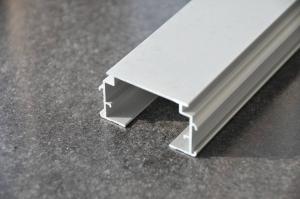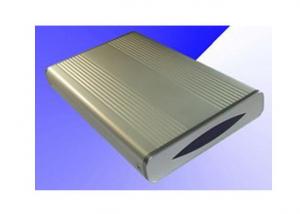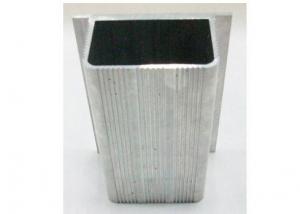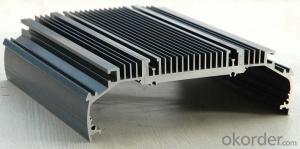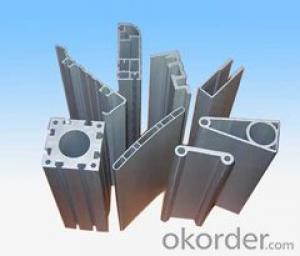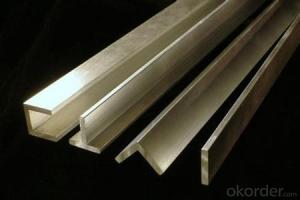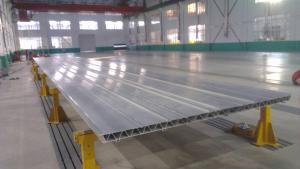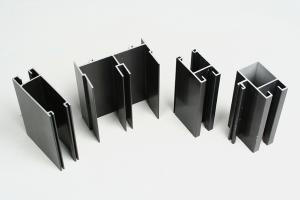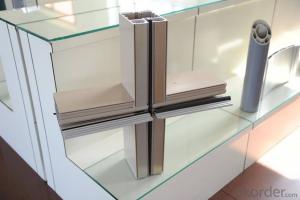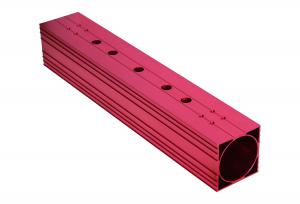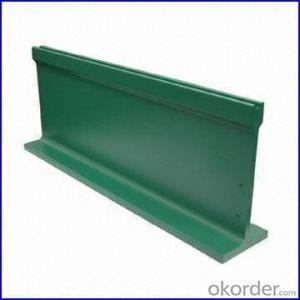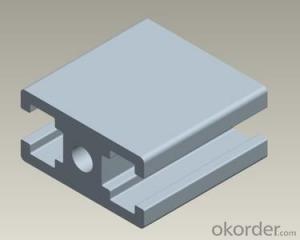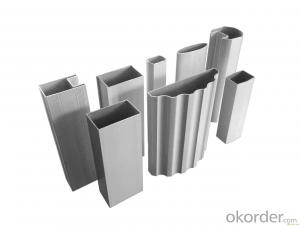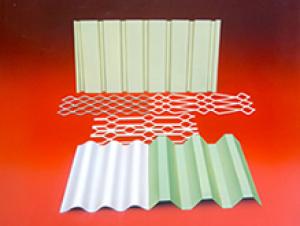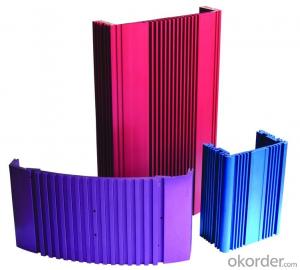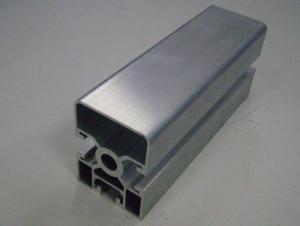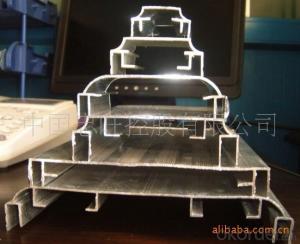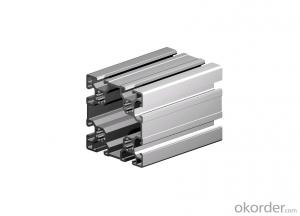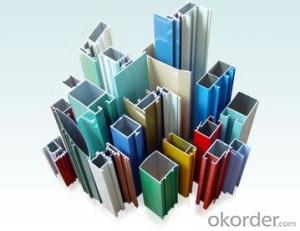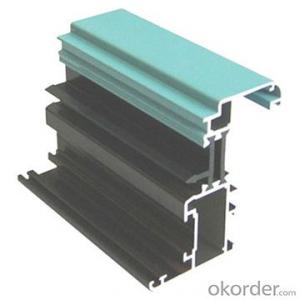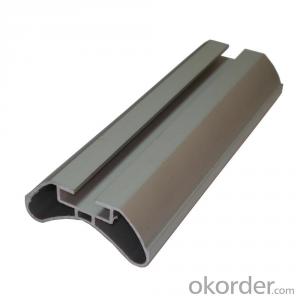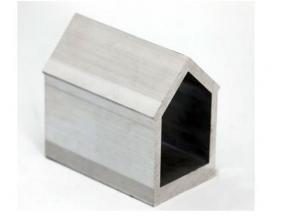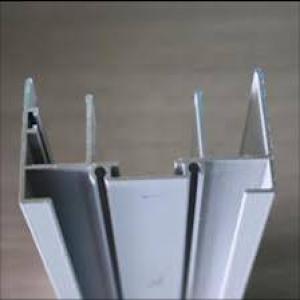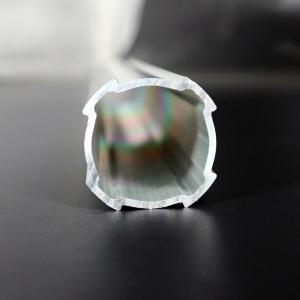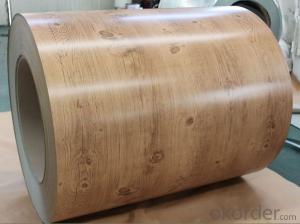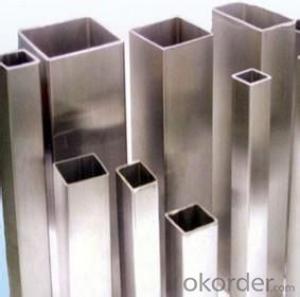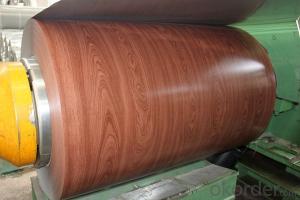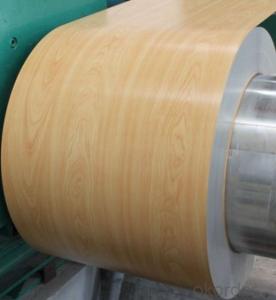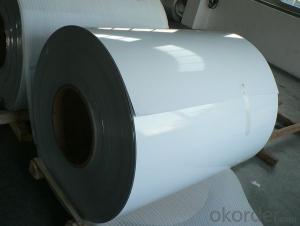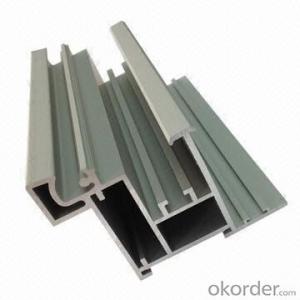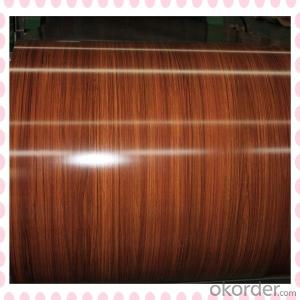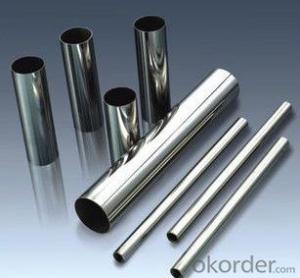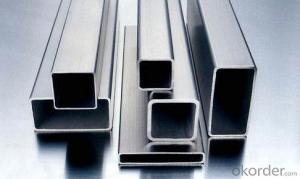Aluminum Extrusions
Aluminum Extrusions Related Searches
Aluminium Extrusion Aluminum Extrusion Shapes Aluminum Extrusion Plate Aluminum Extrusion Framing Aluminum Extruded Tubing Aluminum Extrusions Stock Shapes Bosch Aluminum Extrusion Aluminum Extrusions Stock Extruded Aluminum Beams Extruded Aluminum Rail Extruded Aluminum Plate Aluminum Extrusion Shapes Stock Aluminum Extrusion Stock Extruded Aluminum Stock Shapes Extruded Aluminum Track Extruded Aluminum Heatsink Aluminum Screws Plastic Extrusion Profiles Profile Extrusion Aluminum Corrosion Protection Cold Forming Aluminum Extruded Aluminum Stock Aluminum Electrical Wiring Aluminum Exterior Wall Panels Aluminum Fence Extensions Aluminum Awnings American Thermoplastic Extrusion Company aluminum extrusion process flow chart Extruded Aluminum I Beam Multi Plastics ExtrusionAluminum Extrusions Supplier & Manufacturer from China
Aluminum extrusions are versatile products that are manufactured by shaping aluminum alloy through a process called extrusion. This process involves forcing the heated aluminum alloy through a die to create various shapes and profiles, which are then used in a wide range of applications. These extrusions are known for their strength, lightweight, and corrosion resistance, making them ideal for various industries.Aluminum extrusions find their usage in numerous applications, including construction, automotive, aerospace, and electronics. They are used in window and door frames, structural components, heat sinks, and various other parts that require high strength and low weight. The product's ability to be customized into different shapes and sizes allows it to cater to the specific needs of various industries, making it a popular choice among manufacturers and engineers.
Okorder.com is a leading wholesale supplier of aluminum extrusions, boasting a large inventory of high-quality products. With a commitment to providing excellent customer service and competitive prices, Okorder.com ensures that customers receive the best value for their investment. Their extensive range of aluminum extrusions caters to the diverse needs of various industries, making them a reliable partner for sourcing these essential products.
Hot Products
